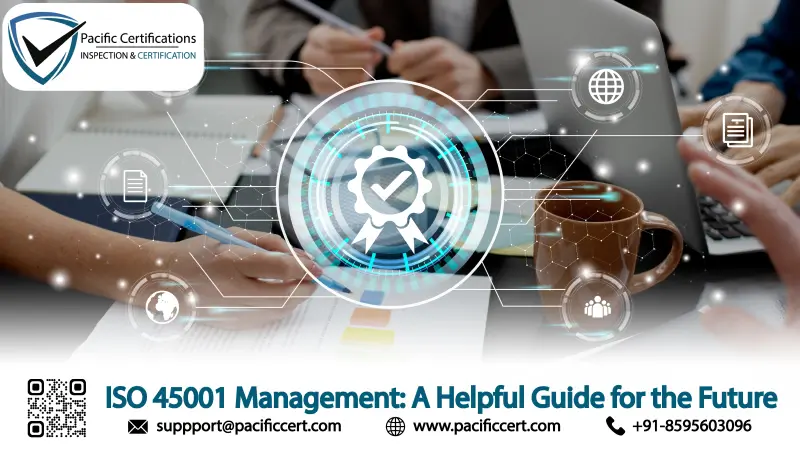ISO 45001 Management: A Helpful Guide for the Future
Introduction
Safety is moving fast. New risks. New tools. New work models. ISO 45001 gives you a simple system that still fits tomorrow. Plan the work. Control the hazards. Check real results. Improve a little each month. That rhythm will carry you into the next few years.
What to focus on now?
Know your context. Map who works on your site and who works off site. Include contractors and remote teams. List your top hazards by task and by change. Keep a short legal register that people can read. Set goals that teams can move this week not next quarter.
Five steps for the next 90 days
-
Map top five hazards in each area and name owners
-
Clean your legal list and link each duty to a control and a record
-
Run a short skills check for high-risk jobs and fill gaps
-
Walk one end-to-end job and fix three obvious issues
-
Hold a management review that ends with names and dates
Internal audits that add value
Follow a real job from start to finish. Sample permits logs and maintenance records. Check that teams use the current instruction. Record good practice as well as gaps. Write findings tied to a clause a risk and a piece of evidence.
Certification flow in brief
Stage 1 checks scope documents and readiness. Stage 2 tests real work on the floor and in records. If there are findings you close them with actions and proof. A surveillance visit follows each year. Recertification is usually every three years.
Benefits you will notice
-
Fewer injuries and stoppages
-
Faster closeout of actions with clear owners
-
Better contractor control across shifts
-
Proof ready for client visits and tenders
-
One system that adapts as work changes
How Pacific Certifications can help?
We audit and certify ISO 45001 for single sites and multi-site groups. Our audits focus on real work and clean proof. We help you set scope review readiness and complete Stage 1 and Stage 2 with minimal disruption. Write to support@pacificcert.com to discuss an audit plan.
Read more: ISO 45001 Management: A Helpful Guide for the Future

Comments
Post a Comment